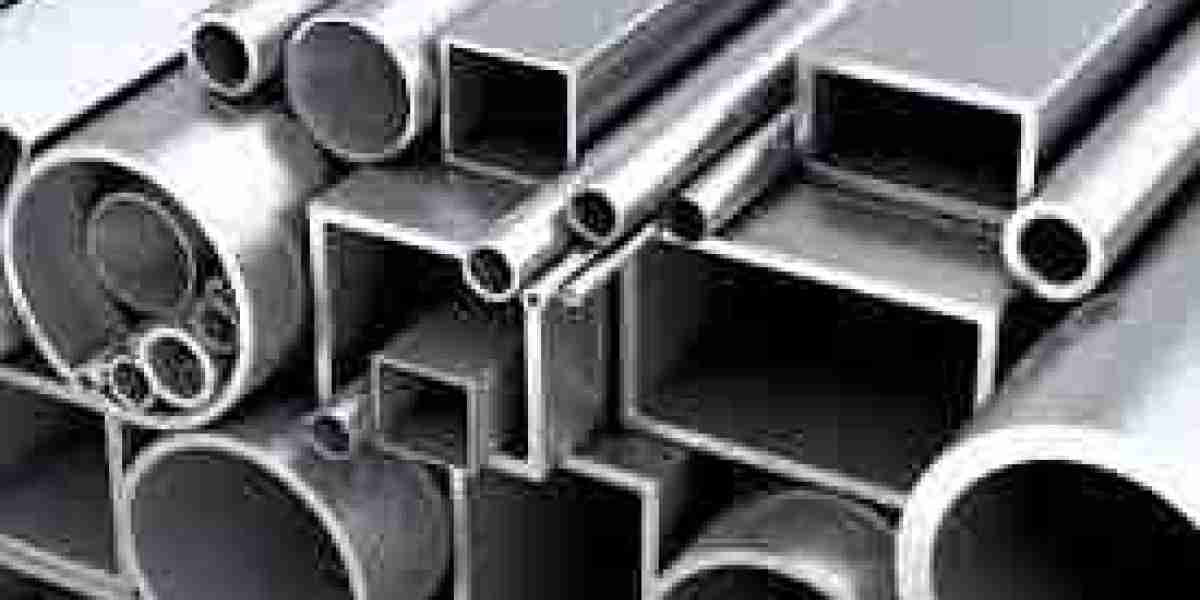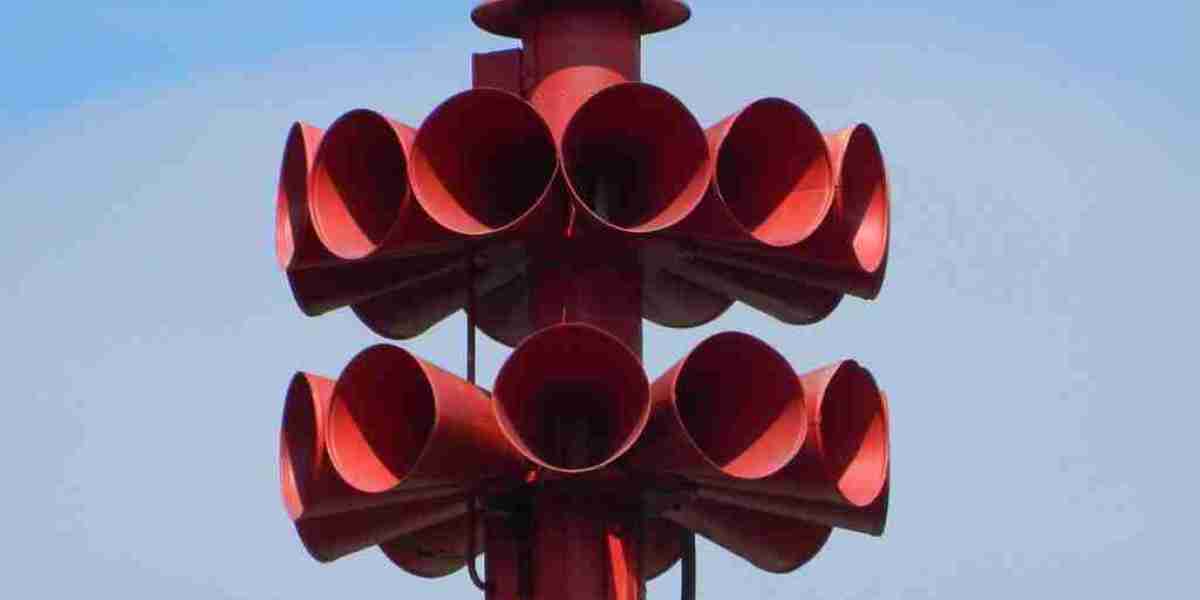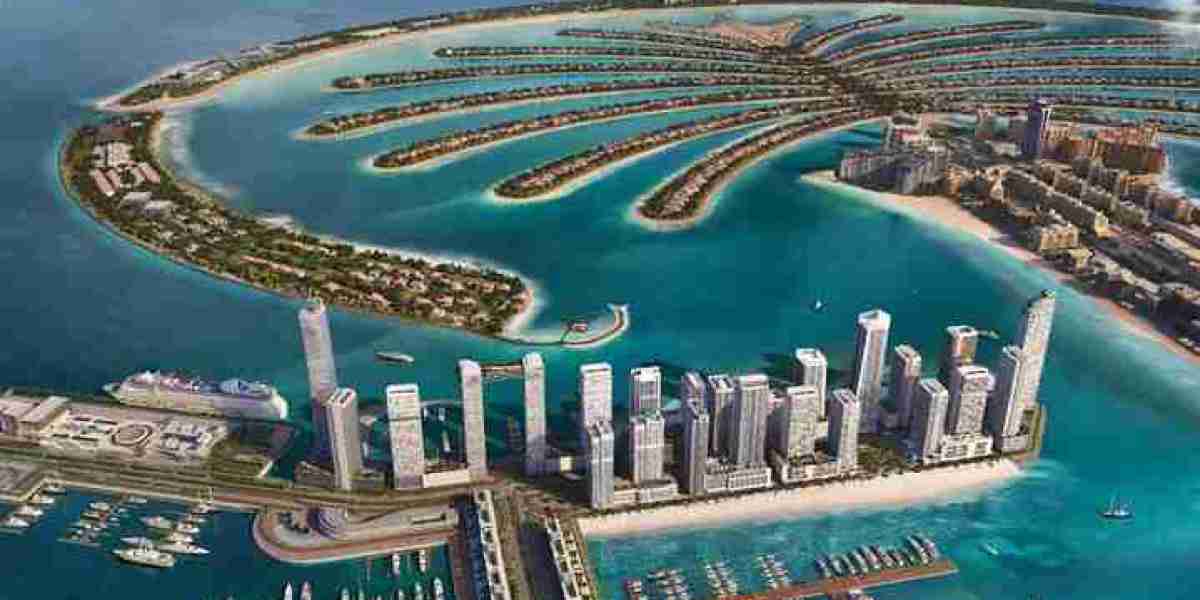Steel is one of the most widely used materials in the world, owing to its strength, versatility, and durability. It is integral to various industries such as construction, manufacturing, automotive, and shipbuilding. One of the key products derived from steel is the steel plate, a flat piece of metal with a specific thickness that is often used in structural applications. As with any raw material, the steel plate price can vary based on a wide range of factors, influencing its cost in the global market.
For anyone in the construction or manufacturing industries, understanding the pricing dynamics of steel plates is crucial. Whether you're sourcing steel plates for a major infrastructure project or for smaller-scale operations, having insight into the factors affecting price fluctuations can help you make informed purchasing decisions. In this article, we will explore the key aspects that influence the price of steel plates, the factors driving these changes, and how to navigate the market effectively.
Factors Influencing Steel Plate Price
Several factors contribute to the steel plate price, and understanding these influences can help you anticipate cost changes and make better purchasing decisions. The price of steel is not static; it is subject to fluctuations driven by both global and local market conditions. Some of the key factors that influence the price of steel plates include:
- Raw Material Costs
The cost of raw materials used in the production of steel plays a significant role in determining the price of steel plates. Steel is primarily made from iron ore, coal, and scrap metal. Changes in the prices of these raw materials have a direct impact on the final cost of steel plates. For example, if iron ore prices increase due to a supply shortage or higher global demand, the cost of steel production will rise, leading to an increase in the price of steel plates.
- Energy Costs
Steel manufacturing is an energy-intensive process, requiring significant amounts of electricity and gas. Energy prices, especially electricity and natural gas, can impact the cost of producing steel plates. When energy prices rise, manufacturers may pass on these costs to consumers, resulting in an increase in the price of steel plates.
- Global Steel Supply and Demand
Steel prices are influenced by the overall supply and demand dynamics in the global market. When the demand for steel is high—due to factors such as increased construction activity, manufacturing growth, or large-scale infrastructure projects—the price of steel plates tends to rise. Conversely, when the demand slows down, steel prices can drop.
- Market Speculation
The steel industry, like many other commodity markets, is subject to market speculation. Investors and traders in futures contracts may speculate on the future price of steel, which can influence the price of steel plates in the short term. These speculative activities are often based on predictions regarding raw material costs, demand forecasts, or geopolitical events.
- Transportation and Logistics Costs
Transportation and logistics costs are another critical factor in the final price of steel plates. Steel plates are heavy, bulky items that require specialized transportation. Shipping costs, especially for international trade, can be significant, and any disruptions in transportation infrastructure—such as higher fuel prices, strikes, or natural disasters—can cause shipping costs to rise.
- Steel Plate Thickness and Grade
The grade and thickness of steel plates are important factors in determining their price. Plates that are thicker or made from higher-grade steel, such as alloy steels or stainless steels, are generally more expensive due to their superior properties. These plates may be required for heavy-duty applications, such as in the construction of ships, bridges, or machinery, where strength and resistance to corrosion are critical.
- Government Policies and Tariffs
Government policies, such as tariffs and trade restrictions, can also have a significant impact on steel prices. For example, if a country imposes import duties or tariffs on steel imports, the price of steel plates may increase due to the added costs of bringing the material into the country. Similarly, government regulations aimed at controlling pollution or ensuring safety in the steel manufacturing process can add to the overall cost of production, leading to higher prices for steel plates.
How to Find the Best Steel Plate Price
When purchasing steel plates, it is essential to understand the current market conditions and shop around to get the best price. Here are a few tips to help you find the most competitive steel plate prices:
Compare Prices Across Suppliers: Different suppliers may offer slightly different prices for steel plates. Always compare prices from multiple suppliers to ensure you are getting the best deal.
Consider Bulk Purchases: Many suppliers offer discounts for bulk purchases. If you are sourcing steel plates for a large construction project, buying in bulk can help you reduce the overall cost per unit.
Stay Updated on Market Trends: Since steel prices fluctuate based on global supply and demand, keeping up with market trends and forecasts can help you buy at the right time. You can track prices using online steel price portals or consult with suppliers to understand the market dynamics.
Negotiate with Suppliers: Don’t hesitate to negotiate with suppliers for better pricing, especially if you are purchasing large quantities. Some suppliers may offer bulk discounts or price adjustments based on your specific needs.
Factor in Delivery Costs: When comparing prices, consider the transportation and delivery costs associated with the steel plates. The final price can be affected by how far the supplier is from your location and the mode of transportation used.
Conclusion
The steel plate price is determined by several key factors, including raw material costs, energy prices, global supply and demand dynamics, and transportation costs. These factors can fluctuate, which means that the price of steel plates can vary over time. For businesses involved in construction or manufacturing, understanding these price determinants is crucial for managing costs effectively.
If you are looking for best quality tmt bars, please visit our website : www.steeloncall.com or you can contact us through our toll-free number: 18008332929



